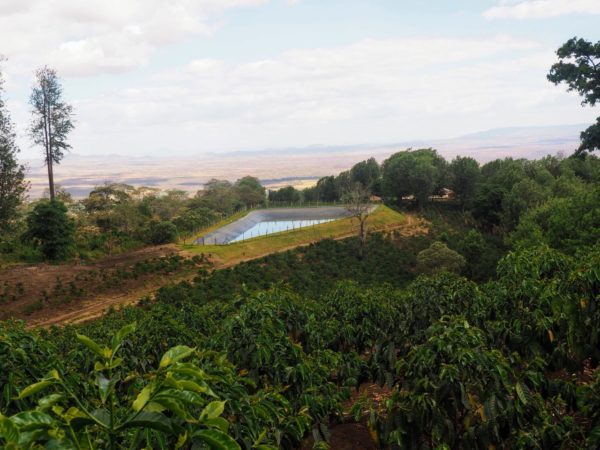It’s the world’s largest inactive, unbroken, and unfilled volcanic caldera, the flagship tourism and highly visited African attraction destination and its surrounding conservation area.


In 1959 Ngorongoro Conservation Area was created after being cut out from the newly created Serengeti National Park. This 809,440 ha consist of highland plains, savanna, savanna woodlands and forests, from the plains of the Serengeti National Park in the north-west, to the eastern arm of the Great Rift Valley. Was established to serve as a multipurpose land for both the resident and migratory wildlife and the native residents who had been evicted from the surrounding preserved areas of the Serengeti National park and the Maasai Mara National Reserve. And to find the balance between wildlife, man, and the accompanying livestock, using of General Management Plan was adopted in 1996 which set development project goals. The native residents of the Maasai tribe are involved in tourism and research efforts and their lives depend on livestock.

The variety of diverse exclusive facts from the native resident Maasai, sustainable specialty coffee production, the outstanding wildlife density, the birth of human evolution, perennial water supply, rain catchments for surrounding regions, resources for subsistence, or maybe simply “home.” Ngorongoro Conservation Area is unique among Tanzanian protected areas in that it allows the pastoralist Maasai tribes and their accompanying livestock to reside within its borders. This distinction can be inferred from its designation as a “conservation area” instead of a national park as seen throughout the rest of Tanzania.
The “national park” label inherently implies that the only residents will be wildlife, and that any local people will be moved to the perimeter or other surrounding areas. A “conservation area” works to preserve not only wildlife, but anthropological sites and traditional people as well. The amazing features of Ngorongoro Conservation Area, both wildlife and anthropogenic, have brought great accolades to this “Eighth Wonder of the World.” In 1978 it was designated a World Heritage Site by the United Nations Educational, Scientific, and Cultural Organization (UNESCO). Three years later, in 1981, the Conservation Area was proclaimed a Biosphere Reserve by the same organization.
Interesting Facts
Ngorongoro Crater it’s One of the Largest Unbroken Calderas on the Planet (That’s Not a Lake).
A caldera is a “cauldron-like” depression created when a volcano emits large amounts of magma in a short amount of time, and the volcano caves in like a sinkhole. There are only a handful of calderas around the globe, but the Ngorongoro is special because it’s the world’s largest fully intact caldera that hasn’t yet turned into a lake.
Over 25,000 Wild Creatures in the Caldera (Gulp.)
Drumroll please 7,000 wildebeest, 4,000 zebras, 3,000 eland, 3,000 gazelles, 600 hyena, 200-300 elephants, over 60 lions, 30 rhinos, and many others. In all, over 25,000 wild creatures call the Ngorongoro Crater home. That is a whole lot of wild.
Your Best Chance to Spot a Black Rhino (And Complete your Big 5)
Seeing a black rhino for the first-time kind of feels like you’re traveling through Jurassic Park. With two large horns and a hooked upper lip, these creatures look as if they’re from a different epoch. Rhinos were brought to the brink of extinction but now their populations, due to conservation efforts, have bounced back to over 5,000 worldwide, 30 of which live in Ngorongoro Crater. This will be the best place to complete your Big 5 list, too!

It’s One of Africa’s Seven Natural Wonders
The African continent includes a lot of incredible natural wonders: The Nile River. The Sahara. The Okavango Delta. So, to make it on the list of seven natural wonders of Africa is a huge deal, and for good reason.
A Million Wildebeest Might Pass Through (Literally).
The Great Wildebeest Migration (the largest migration of ungulates on the planet – source) passes right through the Ngorongoro Conservation Area, more specifically Lake Ndutu, from December to March. With over 2 million wildebeest, zebra, and gazelles, this monster migration is a sight to behold. Don’t miss it.





-Asante sana
Bonny, Kifaru,Unesco,upen the bespokeafricansafaritz

